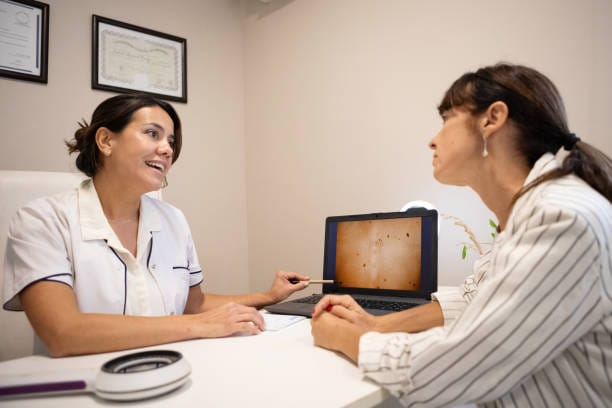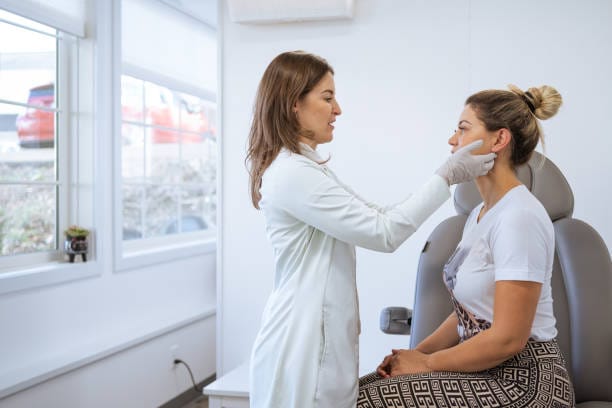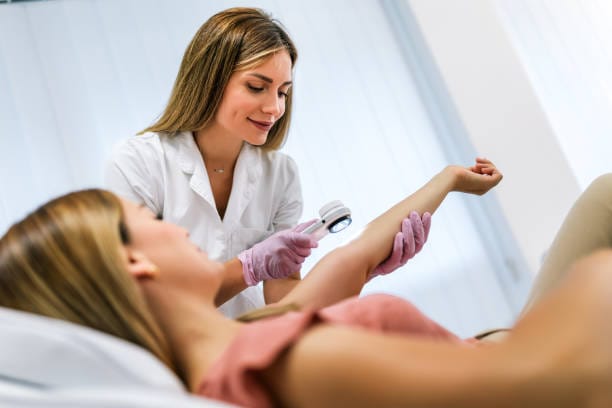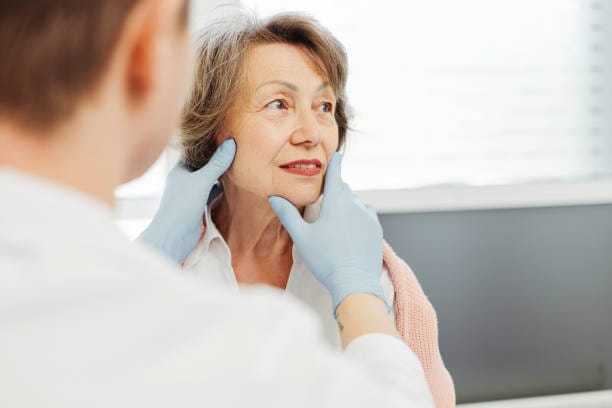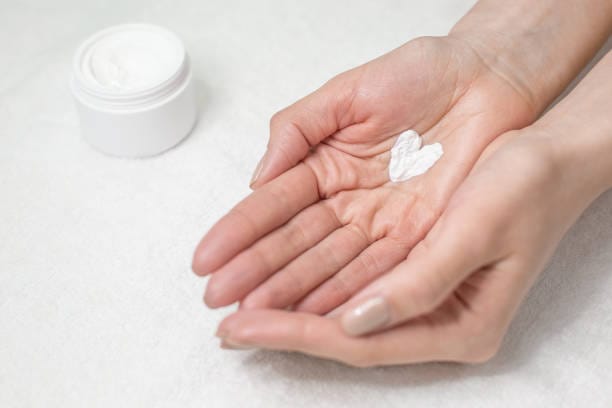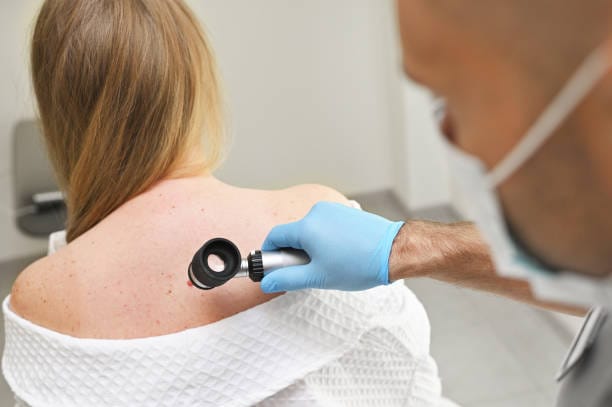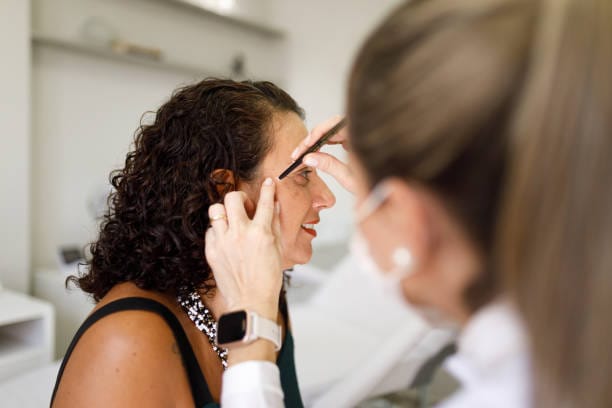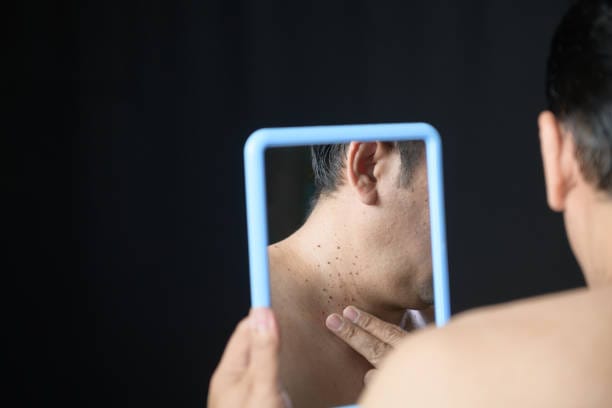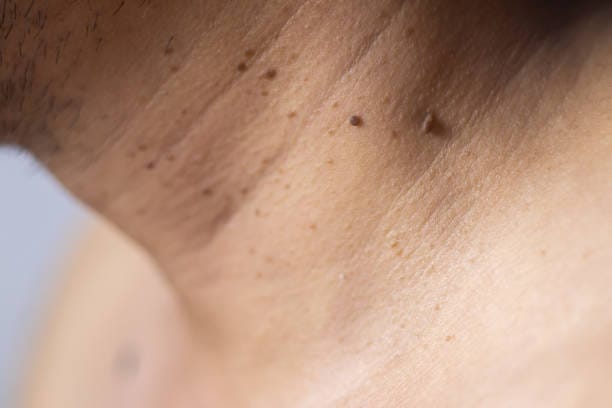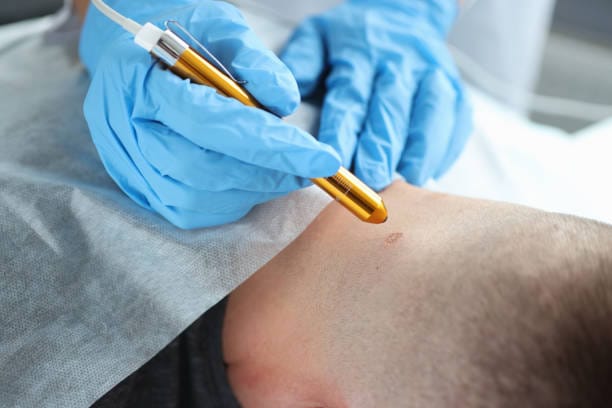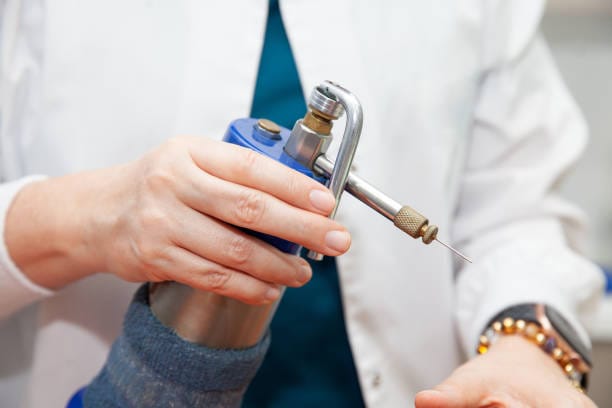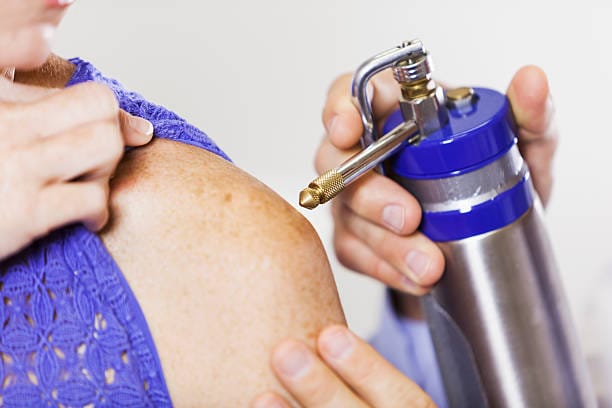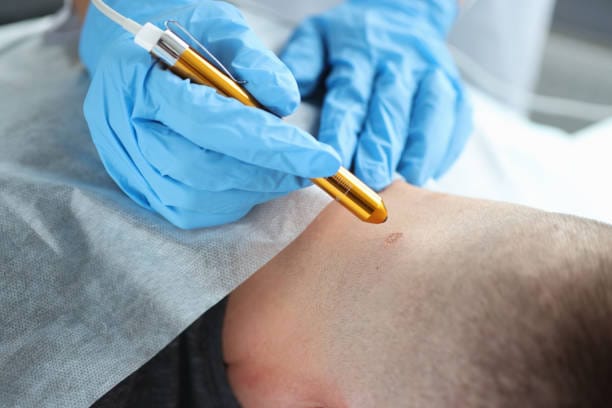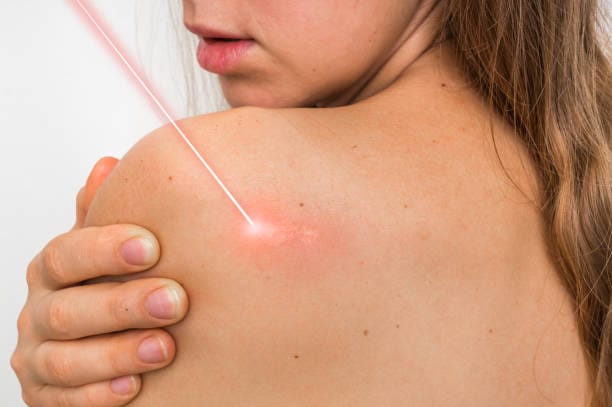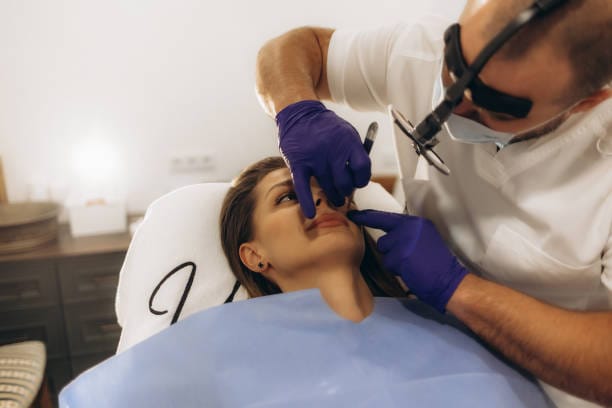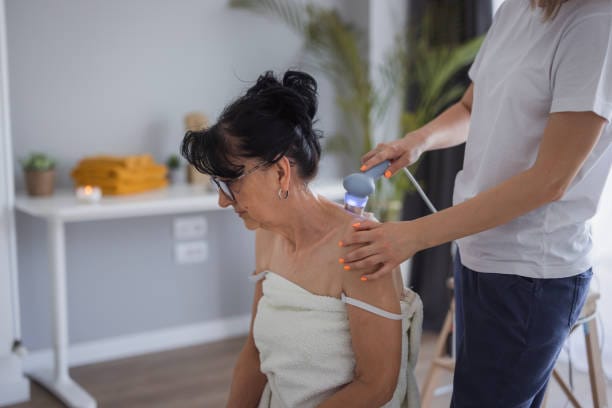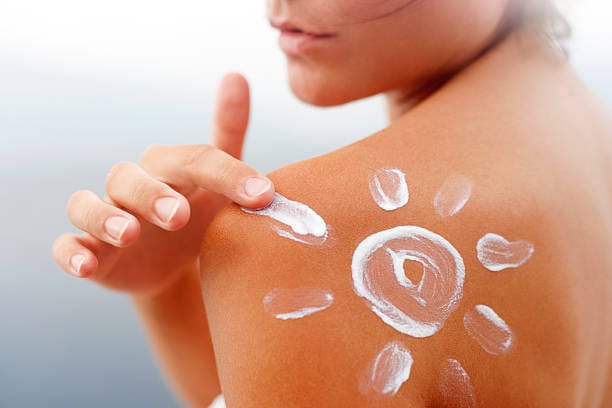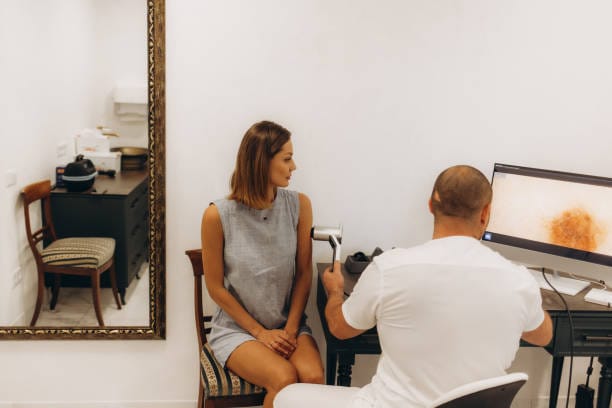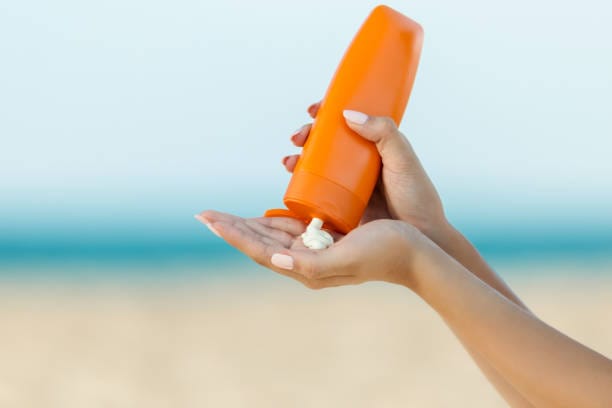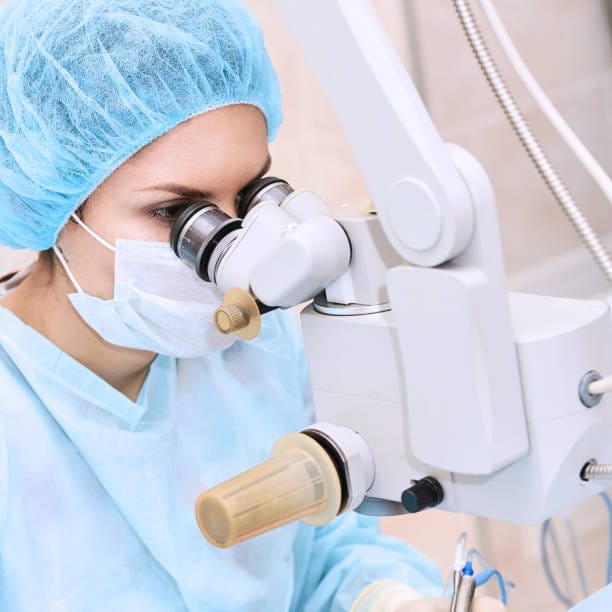Medical vs. Natural Skin Tag Removal Treatment | Revitalise London
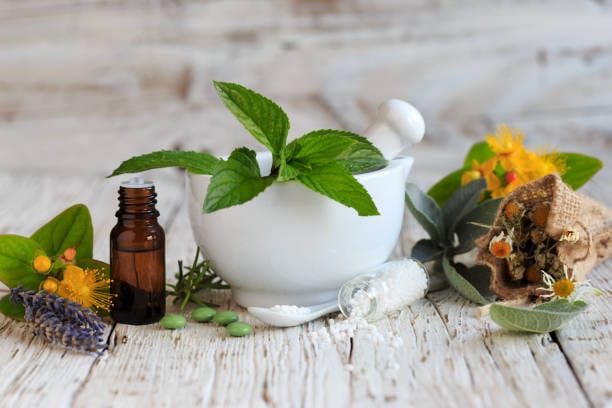
Skin tags are soft, fleshy, benign tumours that mainly occur on the neck, armpits, outer corners of the eyes, or any region where the skin is folded — and can be addressed with a natural skin tag removal treatment.They are not painful or a health issue; they are simply removed for aesthetic purposes or due to inflammation.
Given the many removal methods, it can be challenging to determine which one is the most effective. Some people want to get rid of skin tags naturally because they believe they can remove these skin formations at home. People who prefer an organic treatment often use other natural remedies, such as apple cider vinegar, tea tree oil, and garlic.
On the other hand, medical skin tag removal treatment is those skin tags that involve removing them by qualified personnel, and therefore, it has several benefits.
Understanding Skin Tags
Skin tags are harmless skin growths that can occur in men and women of all ages, regardless of skin colour.
Skin tags are small, soft, loose patches of skin that usually hang from the surface. They are not dangerous but can be more uncomfortable if they appear in areas that are visible to others or tender. Skin tags can disturb many people by lowering their self-esteem or making them painful when touched by clothing or jewellery.
These skin tags are characterised by skin growths that generally seem to occur without any cause, but certain factors may make you more vulnerable to having skin tags:
- Friction: This is the rubbing of two surfaces touching the skin or other fabrics of the body.
- Hormonal changes: Pregnancy or ageing
- Weight gain: Having more skin folds leads to more friction
- Heritability: If your family has them, then you may get them as well
- Health conditions: High risk to those with diabetes or insulin resistance
Skin tags are generally found in the following parts of the body:
- Neck
- Underarms
- Eyelids
- Groin
- Under the breasts
- Around the thighs
Skin tags are not dangerous or malignant, but some people prefer to remove them due to aesthetics or discomfort. Occasionally, they develop to the size they can easily attach to clothes or jewellery, leading to rashes or bleeding.
Before choosing the removal method, it is essential to distinguish between natural remedies that can be carried out at home and medical procedures. Each option is helpful in some situations, and the choice depends on the type of skin, the size and location of the skin tag, and how soon you need the result.
Skin tags can be easily treated through natural remedies, which are explained below, among others:
Many people in this write-up seek natural remedies to eliminate skin tags at home. Natural skin tag removal treatment is preferred because it is considered safer, cheaper, and less invasive than visiting a clinic to have the tag surgically removed. Thus, it is necessary to know the methods of use, possible negative consequences, and efficacy of such tools.
Common Natural Remedies People Use at Home
Apple Cider Vinegar (ACV):

Apple cider vinegar is among the most popular natural treatments available. It is said to dissolve the skin tag tissue through its acidic feature. Most individuals dip cotton wool in ACV, place it on the skin tag, and then cover it with a bandage. This is carried out for several days or weeks; after doing so, the skin tag will turn black, scab, and peel off. However, ACV can be irritating or even cause a burning sensation on the skin, especially when it is sensitive.
Tea Tree Oil:
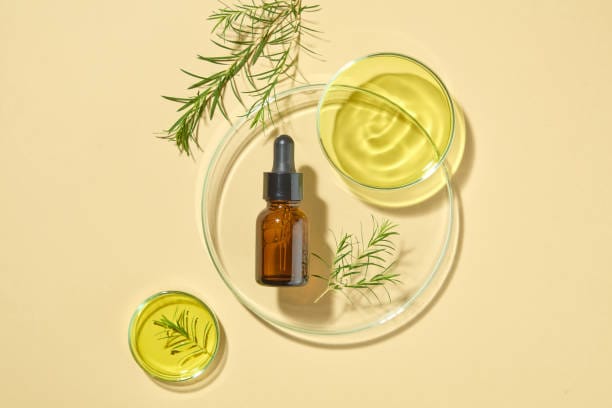
Tea tree oil is a natural hand sanitiser. Due to its antibacterial and drying effects, it is used topically on skin tags. Some individuals mix it with a carrier oil and take it two times daily. Constant use of tea tree oil is believed to dry up and shrink the skin tag. It is safe to use but may irritate sensitive skin.
Garlic Paste:
Raw fresh garlic is mashed and applied to the skin tag, which is then covered with a bandage at night. Certain sulfur compounds in garlic are thought to dissolve the skin tissues. However, this technique may be somewhat harsh on the skin and, if not controlled, may cause a burn or irritation.
Banana Peel:
Another home remedy is to cover the skin tag with ripe banana peel and cover it with a bandage for the night. According to the health benefits of banana peels, they have antioxidants that dry out the skin tag. Despite this, there is not enough evidence to suggest that it is effective; nonetheless, it is not dangerous.
Vitamin E Oil:
People know Vitamin E's benefits, and it is popular for healing skin problems. This is why Vitamin E oil can be rubbed on small skin tags every day to see them shrink in size or disappear after a few weeks. This method is slow and appropriate for dry skin, but the results are usually achieved after a more extended period.
Pros of Natural Skin Tag Removal Treatment
- Budget-friendly: Most of the ingredients used are easily found in households.
- Painless: No surgical procedures such as scalpel, heat or cryotherapy are used.
- Natural ingredients: Avoids chemicals and synthetic products.
Risks and Limitations of Natural Remedies
- Slow effect: They take anything from weeks and even months before they produce an impact, if any.
- Skin rash: Some remedies, such as apple cider vinegar and garlic, can cause skin sensations.
- Some important points: It is essential to know that not all skin tags, especially large or persistent ones, can be treated naturally.
- Possible adverse effects: Improper application of the solution or repeated rubbing may harm the skin and, thus, cause infection.
Medical Skin Tag Removal Treatments: Safe and Effective Options
Although non-surgical or natural skin tag removal treatment products are effective for some people, most individuals consider medical treatment methods because they are faster, safer, and more effective. Professionals perform skin tag removal and utilise state-of-the-art methods to remove the tags and prevent the formation of scars or infections.
Common Medical Skin Tag Removal Methods
Cryotherapy:
This method involves applying liquid nitrogen to the skin tag until it freezes and slips off. It is swift and efficient and suitable for tags of small or medium size. Some discomfort, like a tingling sensation, may occur, but the entire process is not painful.
Electrosurgery:
Electrosurgery uses electricity to burn the skin tag through a controlled current application. This also controls the vessels and minimizes the damage simultaneously, decreasing the chances of bleeding. It is widely used to remove large skin tags and is very effective as it offers the results in one sitting.
Excision :
Depending on its size, a skin tag is cut off by a specialist using sterilised surgical scissors or a scalpel. Local anaesthesia is used to avoid pain. Ligation is most effective for big skin tags and those in high-friction areas. Provided adequate care is offered to the affected part. The wound typically takes a short time to heal.
Laser Skin Tag Removal:
Laser treatment entails the use of light beams to remove skin tags selectively without causing harm to the skin surrounding the growth. It is very efficient for these body parts, such as the face and neck.
Pros of Medical Skin Tag Removal
The skin tag is removed immediately, and the treatment takes less than a few minutes to an hour.
- Safe and hygienic: Performed by professionals in a clean, controlled environment.
- Minimising scarring: New methods are introduced to decrease the chances of scarring on the skin.
- Safe for all skin types: The treatments given for tags depend on the skin type and location of the tags.
- Especially suitable for delicate skin: This product allows for safe depilation even near the eyes, lips, or genitals.
Risks or Side Effects For Natural Skin Tag Removal Treatment
- Some pinkness or puffiness of the skin at the site of the procedure
- In this case, there is a slight risk of infection if aftercare is not considered.
- Minor scarring (rare with professional care)
For some people, they are employing natural remedies instead of going to the hospital for medical treatment.
Although there are natural skin tag removal treatment products out there, one has to be wary of their use because there are serious side effects of skin irritation, skin infection and unsatisfactory outcomes. Medical treatments, however, are much more efficient and accurate and have negligible side effects compared to natural remedies.
It is better to see a doctor if you want to get rid of your skin tags fast, effectively, and without side effects—if they are large, many, or in critical areas.
Which One To Choose: Medical Vs Natural Skin Tag Removal Treatment
The choice depends on the size and location of the skin tag and the time the individual is willing to wait for the results. Below are the distinguishing factors that may help you choose between the two methods.
Effectiveness
Many prefer natural skin tag removal treatment because they seem harmless and cheap. Some of the remedies that can be recommended online include washing with apple cider vinegar, using tea tree oil, or consuming garlic. While some people claim to get positive outcomes, others are disappointed to note that natural remedies are ineffective for large or massive skin tags. Some may be stuck on the body for weeks, others for months, all due to the consistent use of the product.
However, medical treatments are more appropriate and effective in that they aim at eradicating the skin tags. Other methods, such as cryotherapy, electrosurgery, and laser removal, offer fast results and can be done in one sitting. They are more accurate, making them suitable for anyone searching for guaranteed results.
Safety
Natural remedies do not seem dangerous because they are made from ingredients found in households and other homes, but they pose some dangers. Acidic substances such as apple cider vinegar or garlic can cause skin burns if not well administered. If the skin tag is cut during the procedure, infection will likely occur significantly. These methods are unsuitable for application to the eye, face, or genital areas.
On the other hand, medical skin tag removal is safer because it is carried out by qualified personnel. Clinics take proper hygienic measures while removing the hair and use specific tools to prevent harm to the surrounding skin. Medical removal is also safer, especially in areas where potentially deadly home remedies can be used.
Time and Convenience
However, if the skin tag is to be removed naturally, there is one major disadvantage: it takes time.
Medical removal is, therefore, fast and efficient. Some procedures may require only a few minutes, and the skin tag disappears within the same day or as the skin peels off. With this method, you don’t have to undergo the same procedure every day or wait weeks to see the changes.
Cost Consideration
Natural remedies are cheaper because the products used are items that one can easily find in a house. However, if the skin tag does not come off or causes a rash, you may be forced to spend more time treating the affected skin.
Medical skin tag removal is slightly expensive to perform, but it is less time-consuming, less laborious, and does not pose the danger of harming your skin. It also enhances confidence and assurance that the procedure is safe, clean and done by professionals.
Why Choose Revitalise London for Skin Tag Removal Treatment?
Therefore, it is essential to consider the clinic that will offer the skin tag removal service. This delicate process requires professionalism. Here at Revitalise London, we provide the finest skin tag treatments, which are safe and painless, to achieve the most satisfactory results.
Experienced Professionals, You Can Trust
The Revitalise London practitioners and skin specialists who work for us are well-trained and well-equipped to perform skin tag removal procedures. The size, location, and skin type of the skin tags are considered, and then an appropriate treatment is advised. That is why all actions must be safe, effective, and comfortable.
Advanced Skin Tag Removal Techniques
The most advanced medical equipment and techniques have been adopted by the hospital, namely:
- Cryotherapy
- Electrosurgery
- Excision
- Laser Skin Tag Removal
Personalized Treatment Plans
We understand that every customer is unique and has unique needs. We develop an individual approach to the patient and offer a particular treatment program. If you are unsure about some aspects of the procedure, the specialists will describe it and answer your questions. It is also important to give excellent after-care advice to help the skin heal without problems.
Why Revitalise London Stands Out
Safety: All our facilities are well-sanitized to ensure the safety of our valued clients. We also provide high standards of hygiene in all our procedures.
Quick and Effective Results: Most treatments take minutes, enabling us to administer quick results to our patients.
Less Scarring: We use the latest technologies to ensure that your skin is not extensively damaged, leading to scar formation.
Low Cost: Our services are cheap while not compromising the quality of the offered treatment.
Professionalism and Comfort: Our staff treats you professionally, from the time you decide to undergo a particular treatment to the time you complete it and throughout the aftercare process.
Book Your Consultation Today
Revitalise London provides safe, efficient and professional skin tag removal services that you should not hesitate to try.
To avail of our services, you may set an appointment with us. Our specialists will attend to all your skin concerns, for you deserve flawless, radiant skin.
Conclusion Of Natural Skin Tag Removal Treatment
Skin tags are benign, but if they are located in sensitive areas, they may be irritating or hamper your self-esteem. Though natural skin tag removal treatment remedies are cheap and can be attempted at home, they require some time and are ineffective. Even worse, some may lead to skin irritation or infection if not used correctly.
Therefore, medical skin tag removal treatments offer safer, faster, and more effective ways of removing skin tags. Some professional procedures used include cryotherapy, electrosurgery, excision, and laser removal to remove the mole, but the possibility of scarring is infrequent. Such treatments are helpful for large skin tags or those in sensitive areas that may require chemicals for natural remedies.
If skin tags bother you or you are concerned about the effectiveness of home remedies, it is high time to consult specialists. Revitalise London is a reliable service that provides the best skincare and satisfies you.
Schedule a consultation with us today, and you'll be on your way to healthy skin. Your skin deserves the best.

